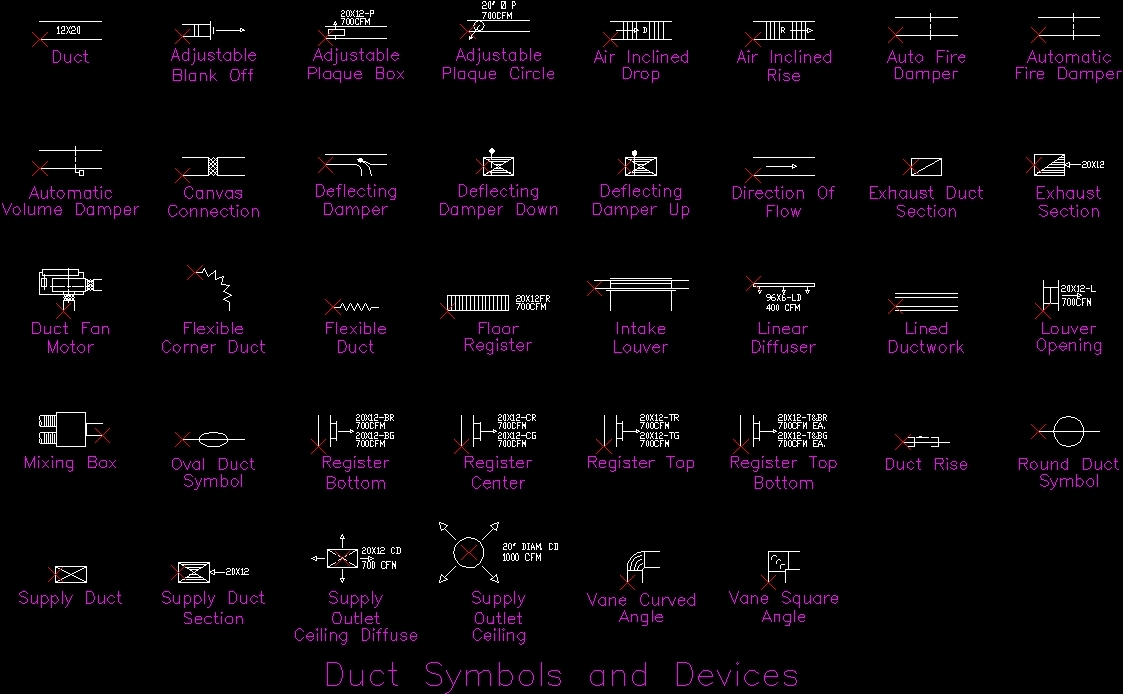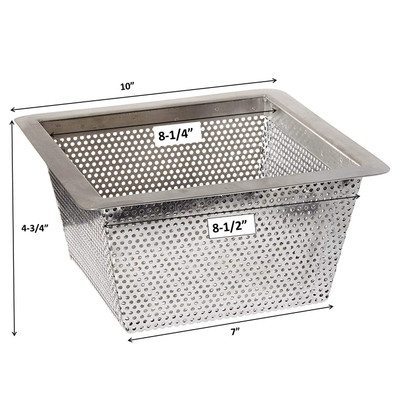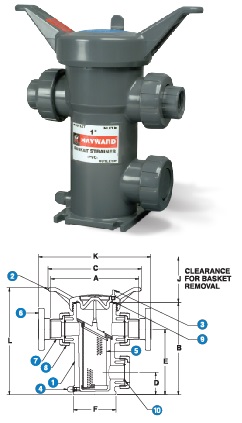

Special Dialogue Boxes are created to make the program more user friendly. The different piping entities can be arranged on different layers.

Since the program is written in LISP, program can be even modify further. Since blocks are not there, there is a lot of saving of Disk space. Pipe line is cut in the portion where fitting is drawn. The 2D program is based totally on LISP programs and no symbols or blocks are created. 4 Programs of OpenPipe are such customized programs. Most CAD Packages are prepared in such a manner that these can be easily customized. When one line routing in 3D is completed, that layer can be frozen, to avoid confusion. Generaly one pipe line is drawn on one layer. In 3D view, the vertical lines can be joined from end points of horizontal pipe lines.

This can be converted in 3D Pipe Routing, by lifting the horizontal pipe lines to the elevations of the pipe center line. This gives idea about layout in plan view. Need for 2D Pipe Routings?: To create a 3D Model, first you have to create concenptual 2D Pipe Routing, with pipe center line elevations marked on each horizontal pipe line.


 0 kommentar(er)
0 kommentar(er)
